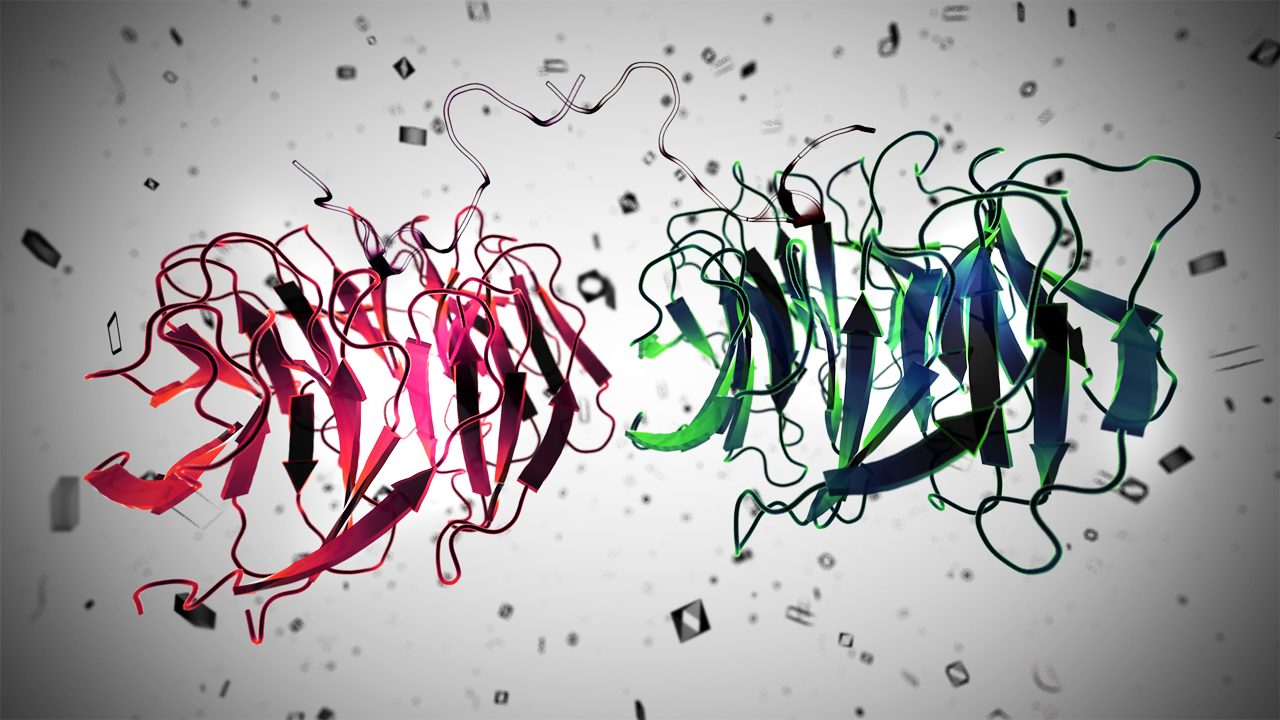We use somatic variant callers to detect mutations in cancer samples by comparing sequencing data tumor and normal sample pairs. This is followed by some ad-hoc filtering that may produce low precision data resulting in a large number of false positives.
To overcome this issue, Wardell et al., [1] have developed a new software called FiNGS. This software filters somatic variants. It is a user-friendly tool that allows users to customize filters and thresholds. Users can also implement their own filtering strategies.
How does FiNGS work?
FiNGS takes BAM files of normal and tumor samples that are matched as input including a variants VCF file that enlists somatic mutations. It also takes another text file that mentions all filters and thresholds specified by the user. After processing, it outputs a VCF file along with other files that may be useful for the user [1].
FiNGS is platform-independent, easy to install, and written in Python3 which means it requires a minimum of Python3 version (Python 3.5 or higher) installed on your system. It can be downloaded via Bioconda, PyPi, or as a docker image. The source code is available on Github.
For more details, read here.
References
- Wardell, C.P., Ashby, C. & Bauer, M.A. (2021). FiNGS: high quality somatic mutations using filters for next generation sequencing. BMC Bioinformatics 22, 77.





![[Tutorial] Installing VIAMD on Ubuntu (Linux).](https://bioinformaticsreview.com/wp-content/uploads/2023/12/viamd.jpg)